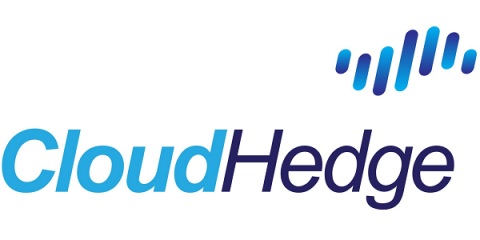Operations | Monitoring | ITSM | DevOps | Cloud
%term
Quantifying the Digital Employee Experience
We’ve talked to a lot of people about their company’s digital employee experience the past few years – from C-suite executives and board members looking to make sure they’re doing what they can to make work lives better and retain staff, to the actual CIOs and IT managers tasked with changing and improving their employees’ workplace experience. We’ve even heard from employees on the front lines every day about what works and what doesn’t at their companies.
Evolution of NoOps from DevOps
Over the years DevOps has well established its methodologies for performing continuous deployment of applications and patches with the least amount of effort. Moreover, it has successfully paced itself to be competitive in the face of digital disruption, for which many organizations are keen to adopt in all facets.
How to collect, standardize, and centralize Golang logs
Organizations that depend on distributed systems often write their applications in Go to take advantage of concurrency features like channels and goroutines (e.g., Heroku, Basecamp, Cockroach Labs, and Datadog). If you are responsible for building or supporting Go applications, a well-considered logging strategy can help you understand user behavior, localize errors, and monitor the performance of your applications.
Demo: How Anodot Helps a Gaming Company Spot Incidents First
Cambodia's Leading Mobile Telco Smart Axiata Uses Anodot to Ensure Seamless Service
Best Practices for Proactive Monitoring
If you could know information about your systems in advance, what would you choose to know? If there was a set of repeating behaviors that happened consistently before an outage, would you want to know what they were? This is the idea behind proactive monitoring – the switching of context from “reactive” monitoring to something that allows you to act before the problem arises. Here are some guidelines to help you get started with your customized solution.











